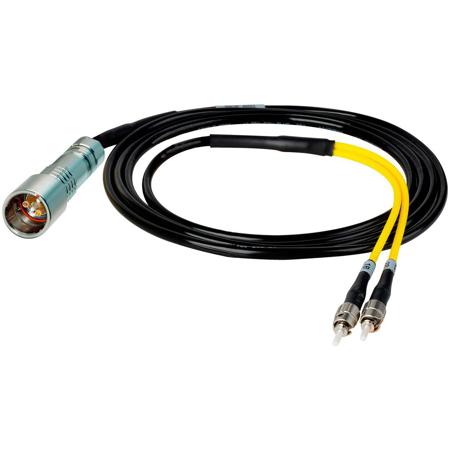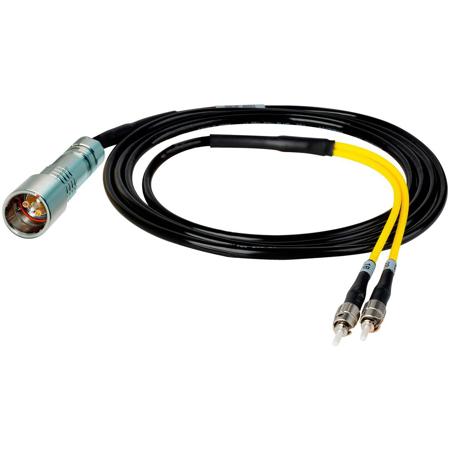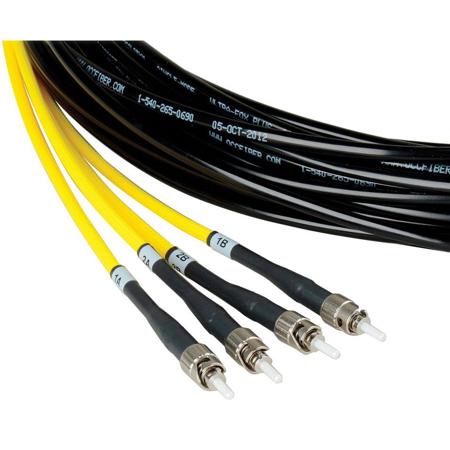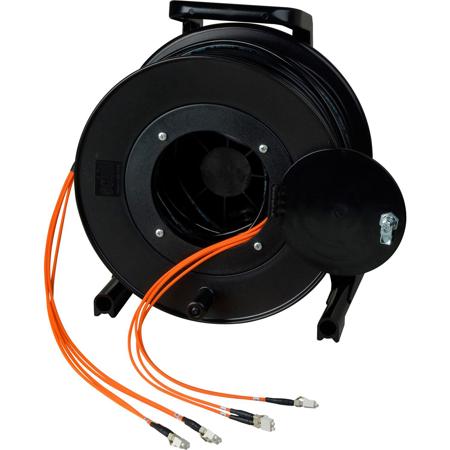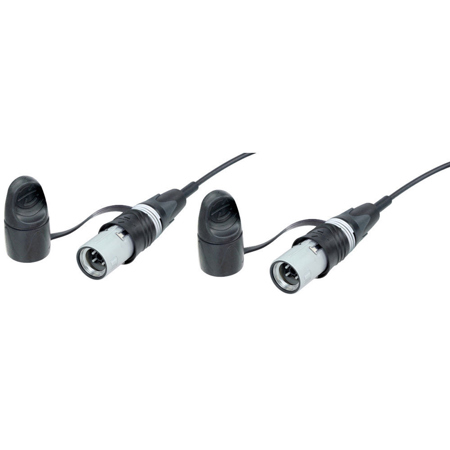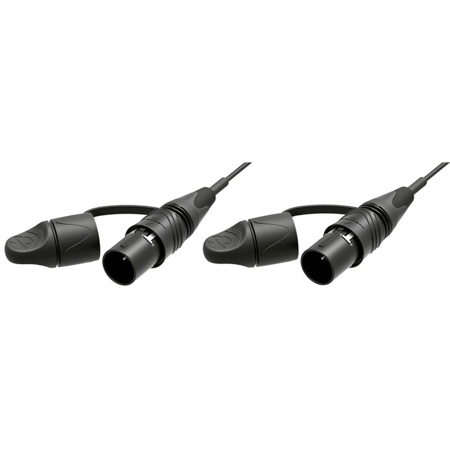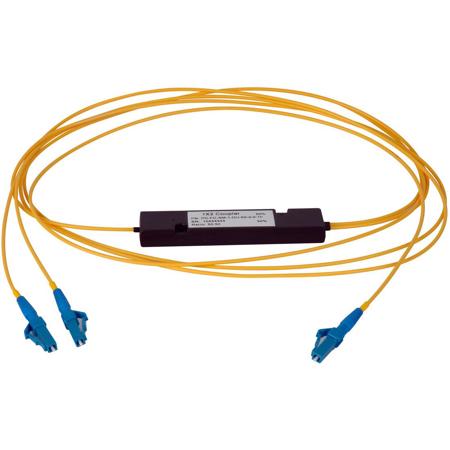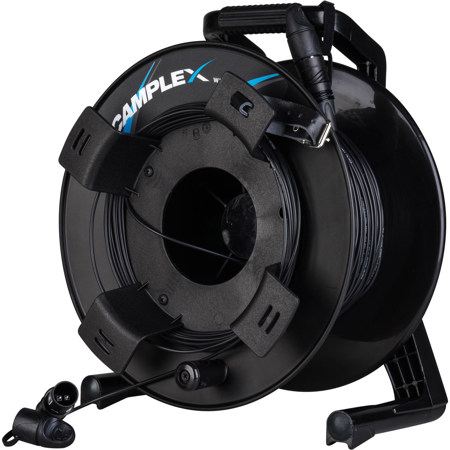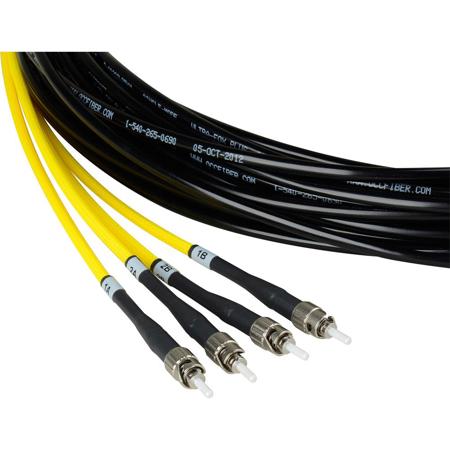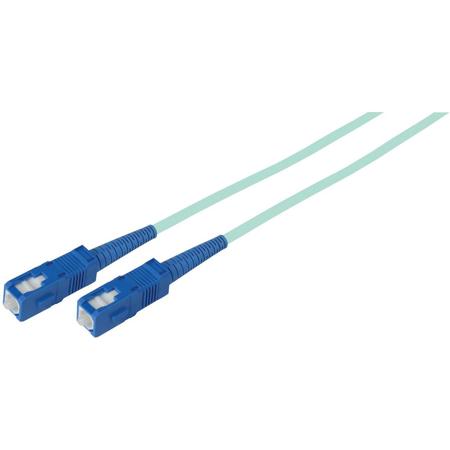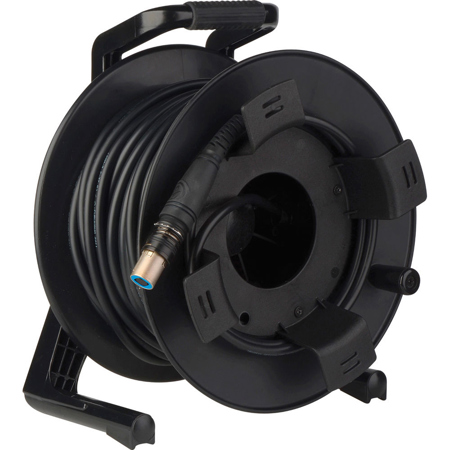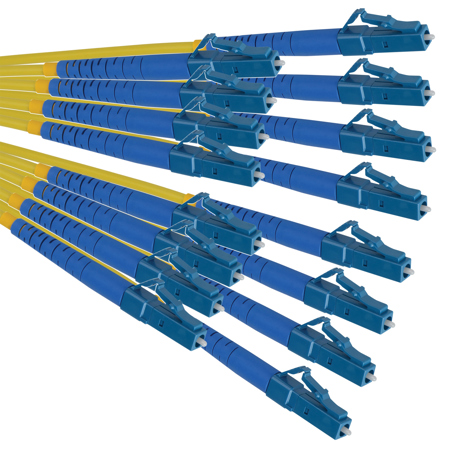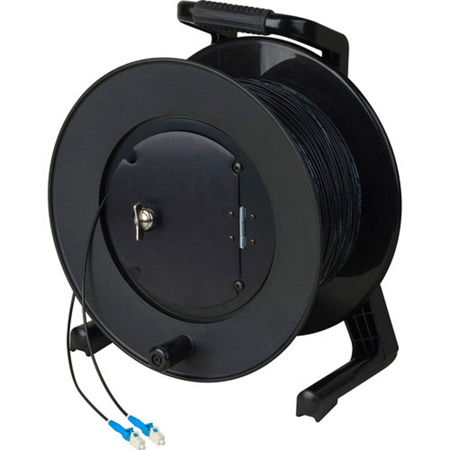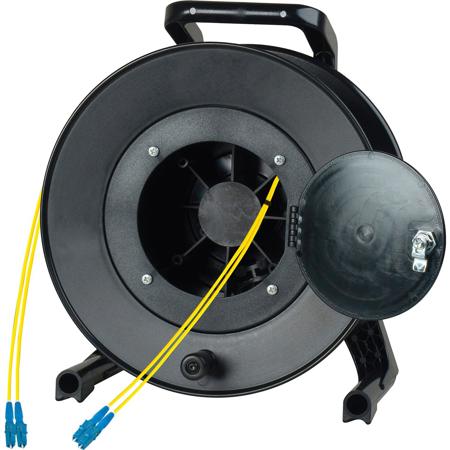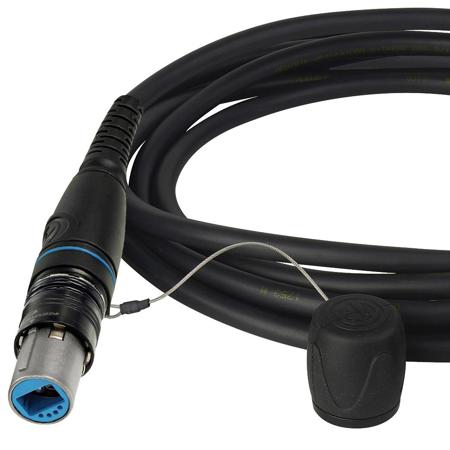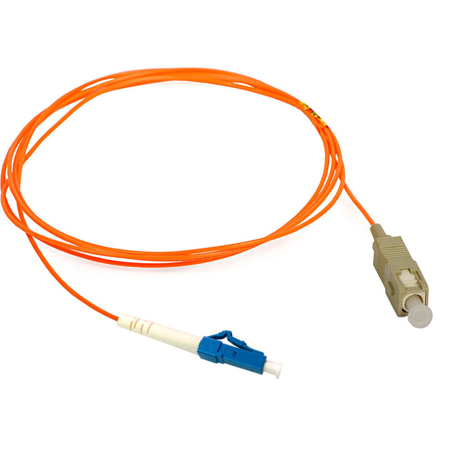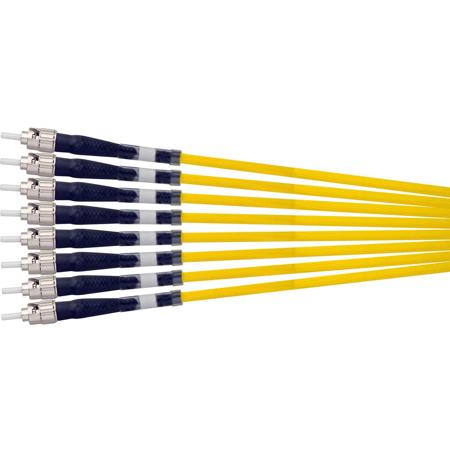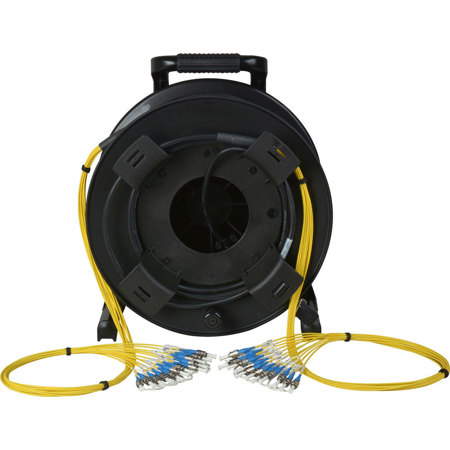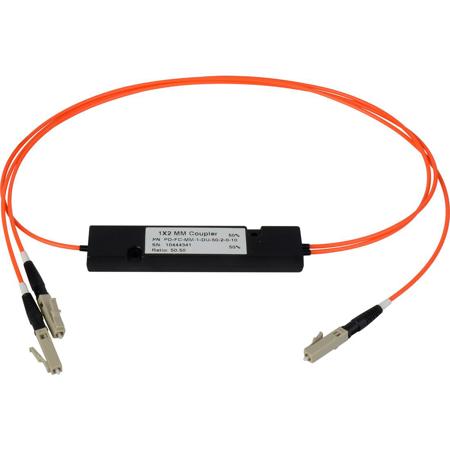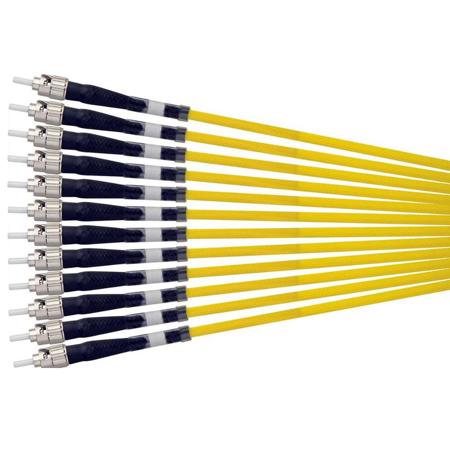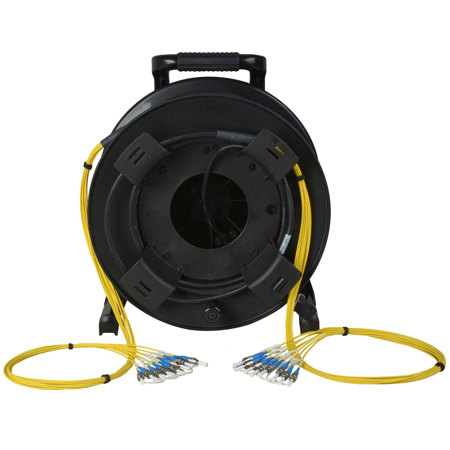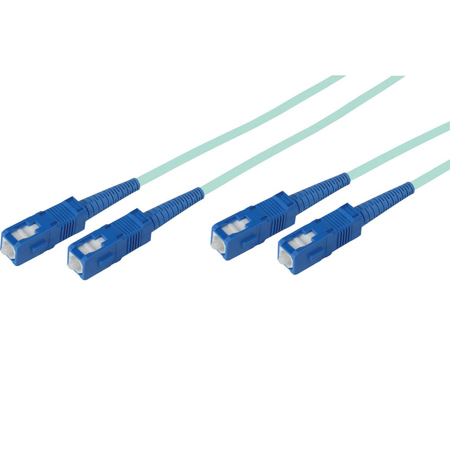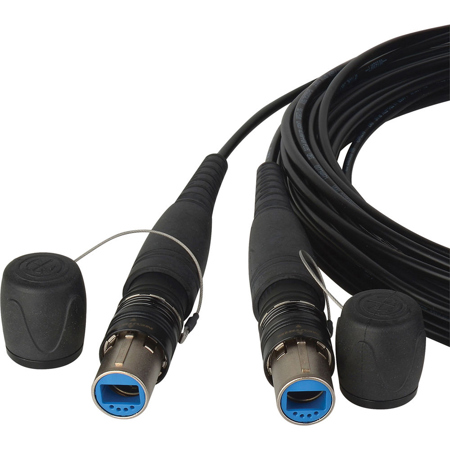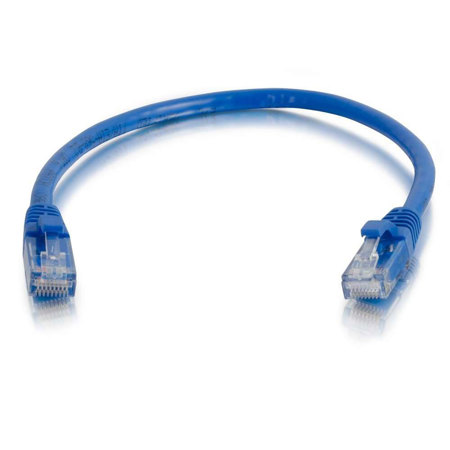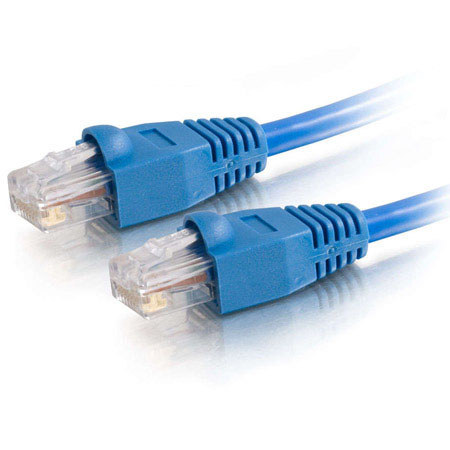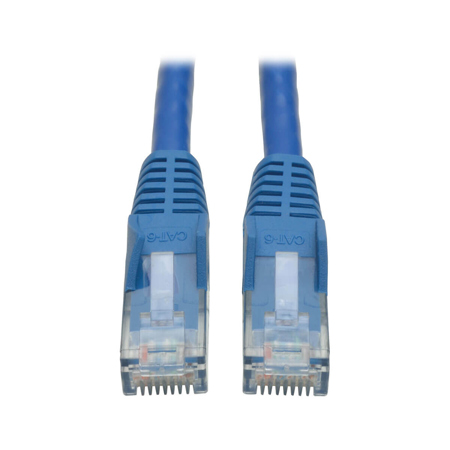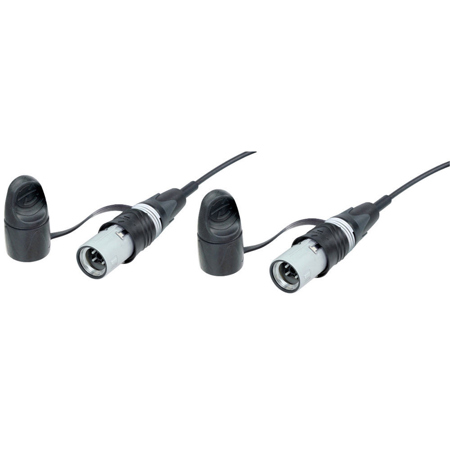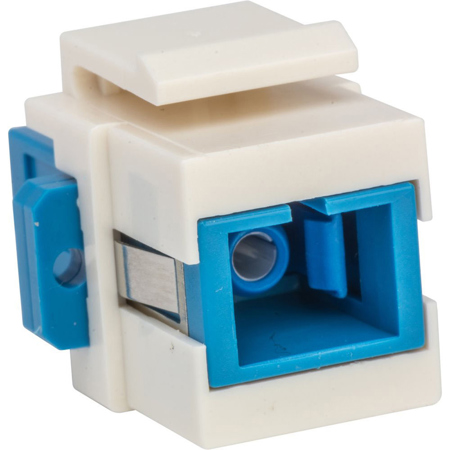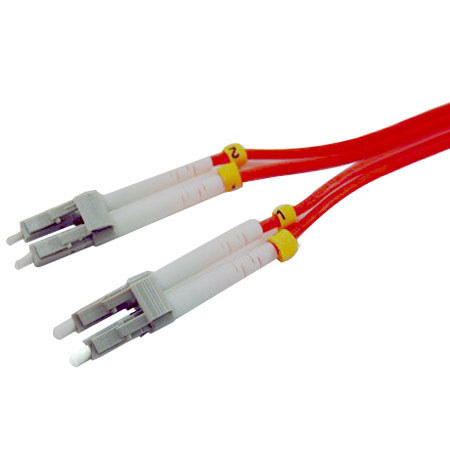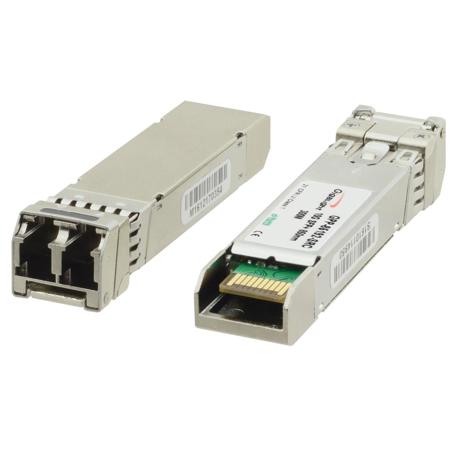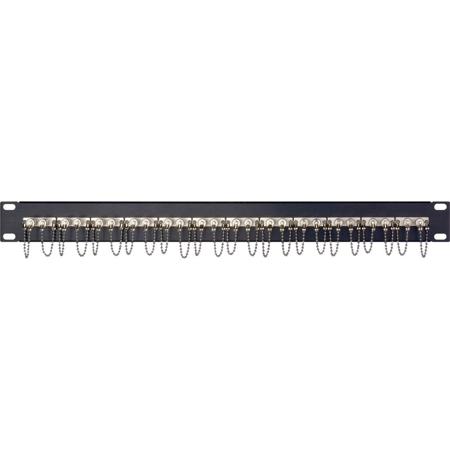Fiber Optic Cables
Fiber optic cables have become an essential component in today’s digital landscape, powering the backbone of high-speed data transmission for both professional and personal applications. Whether you’re outfitting a commercial data center, upgrading a home studio, or ensuring seamless internet connectivity across a sprawling office, the right fiber optic cable can make all the difference in performance and reliability. As the crisp air of October signals the approach of the holiday season, many professionals and tech enthusiasts begin to think about upgrading their setups or gifting practical, future-proof technology to colleagues, friends, or family members. Fiber optic cables, with their ability to transmit data at lightning-fast speeds over long distances and with minimal signal loss, are an ideal choice for anyone looking to enhance their network infrastructure or audio/video systems.
When selecting a fiber optic cable, several factors come into play to ensure optimal compatibility and performance. The two primary types—singlemode and multimode—each serve distinct purposes. Singlemode cables are engineered for long-haul data transmission, making them perfect for connecting buildings across a campus or supporting telecommunications over vast distances. Multimode cables, on the other hand, excel in shorter-range, high-bandwidth environments like server rooms, home studios, or audio/video setups where rapid data transfer and minimal latency are crucial. The choice between simplex and duplex configurations is another key consideration: simplex cables are designed for one-way communication, while duplex cables allow for simultaneous two-way data transfer, which is often necessary in enterprise networks or collaborative creative environments. Connector types such as LC, SC, and TOSLINK must also align with your devices to ensure a secure and efficient connection. For those managing outdoor installations or industrial environments, it’s vital to choose cables with robust, weather-resistant jacketing to withstand the elements and maintain consistent performance year-round. For home users, a fiber optic ethernet cable 50 ft in length can be a practical solution for extending high-speed connectivity between rooms or floors without sacrificing signal quality.
Fiber optic cables are not only practical but can also be a thoughtful gift for tech-savvy friends, home office workers, or anyone passionate about audio and video production. Imagine the satisfaction of an audiophile who receives a premium digital audio cable, unlocking crystal-clear sound between their components, or a remote worker enjoying uninterrupted video calls thanks to a reliable, high-bandwidth connection. As the days grow shorter and the demand for seamless streaming, gaming, and remote collaboration increases, investing in quality fiber optic cabling ensures that your network is ready for anything the season brings. For those seeking further guidance or looking to explore advanced setups, our comprehensive Fiber Optic Wiring resource offers detailed insights into installation techniques, application-specific recommendations, and tips for maximizing your investment. Whether you’re building a robust professional network or simply upgrading your home entertainment system, choosing the right fiber optic cable is a step toward faster, more reliable connectivity that keeps you ahead of the curve.
When selecting a fiber optic cable, several factors come into play to ensure optimal compatibility and performance. The two primary types—singlemode and multimode—each serve distinct purposes. Singlemode cables are engineered for long-haul data transmission, making them perfect for connecting buildings across a campus or supporting telecommunications over vast distances. Multimode cables, on the other hand, excel in shorter-range, high-bandwidth environments like server rooms, home studios, or audio/video setups where rapid data transfer and minimal latency are crucial. The choice between simplex and duplex configurations is another key consideration: simplex cables are designed for one-way communication, while duplex cables allow for simultaneous two-way data transfer, which is often necessary in enterprise networks or collaborative creative environments. Connector types such as LC, SC, and TOSLINK must also align with your devices to ensure a secure and efficient connection. For those managing outdoor installations or industrial environments, it’s vital to choose cables with robust, weather-resistant jacketing to withstand the elements and maintain consistent performance year-round. For home users, a fiber optic ethernet cable 50 ft in length can be a practical solution for extending high-speed connectivity between rooms or floors without sacrificing signal quality.
Fiber optic cables are not only practical but can also be a thoughtful gift for tech-savvy friends, home office workers, or anyone passionate about audio and video production. Imagine the satisfaction of an audiophile who receives a premium digital audio cable, unlocking crystal-clear sound between their components, or a remote worker enjoying uninterrupted video calls thanks to a reliable, high-bandwidth connection. As the days grow shorter and the demand for seamless streaming, gaming, and remote collaboration increases, investing in quality fiber optic cabling ensures that your network is ready for anything the season brings. For those seeking further guidance or looking to explore advanced setups, our comprehensive Fiber Optic Wiring resource offers detailed insights into installation techniques, application-specific recommendations, and tips for maximizing your investment. Whether you’re building a robust professional network or simply upgrading your home entertainment system, choosing the right fiber optic cable is a step toward faster, more reliable connectivity that keeps you ahead of the curve.
